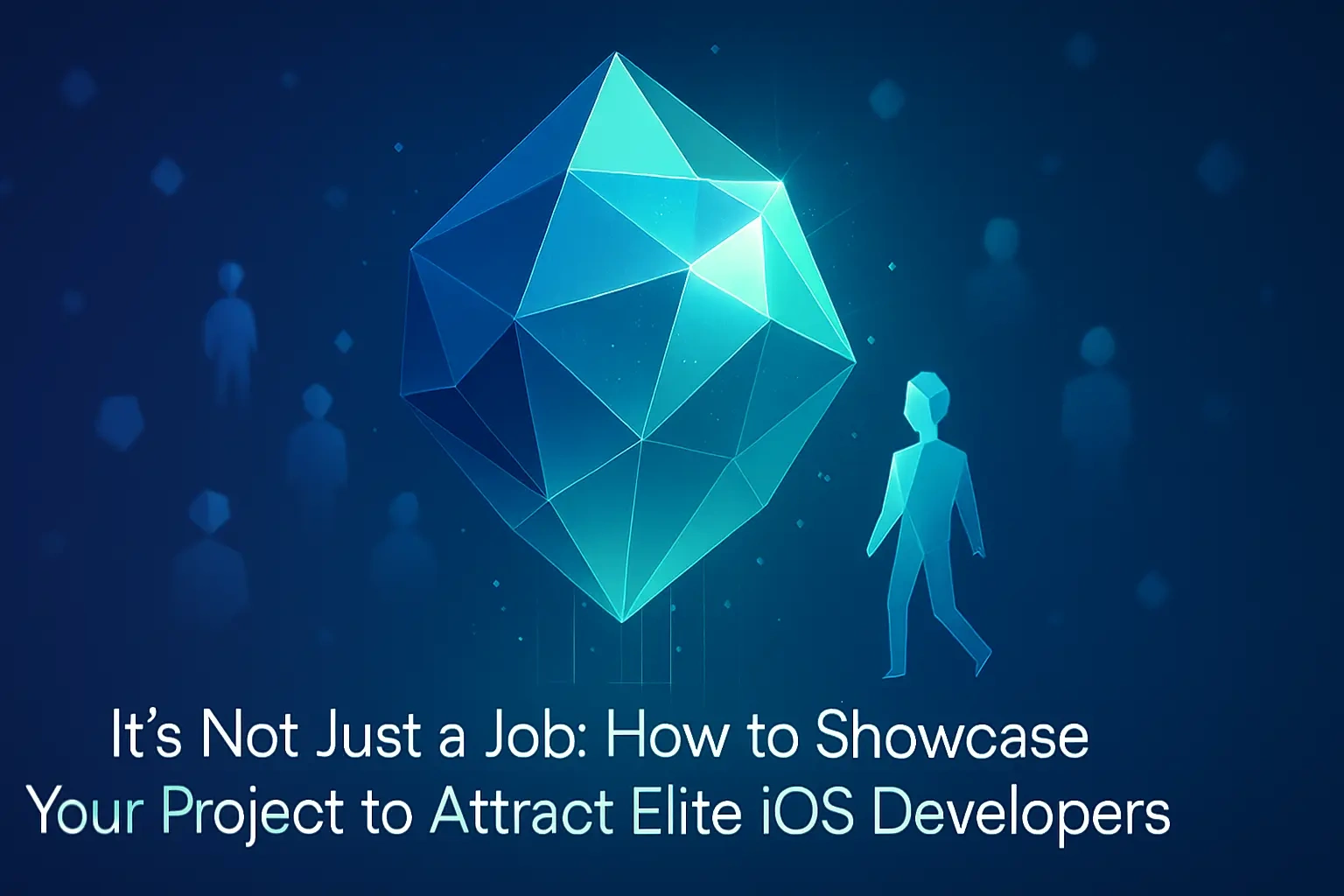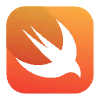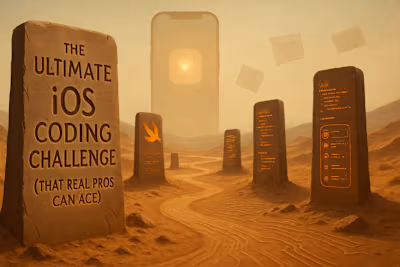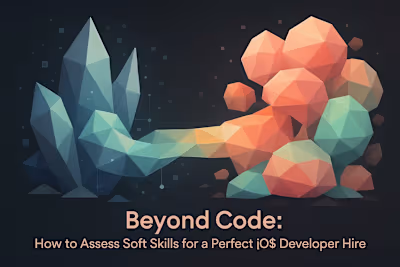It's Not Just a Job: How to Showcase Your Project to Attract Elite iOS Developers

It's Not Just a Job: How to Showcase Your Project to Attract Elite iOS Developers
The 'Why': Articulating Your Project's Vision and Impact
What Problem Are You Solving?
Who Are Your Users and How Are You Helping Them?
The 'How': Detailing the Technical Challenge
Highlighting Your Unique Tech Stack
Presenting Interesting Architectural Hurdles
Emphasizing Opportunities for Autonomy and Innovation
The 'Who': Introducing the Team and Culture
Spotlighting Key Team Members
Describing Your Development Process
Fostering a Culture of Learning and Mentorship
Proving It: How to Demonstrate Your Project's Potential
Using Demos, Prototypes, and Code
Sharing the Product Roadmap
Conclusion
References
It's Not Just a Job: How to Showcase Your Project to Attract Elite iOS Developers
The 'Why': Articulating Your Project's Vision and Impact
What Problem Are You Solving?
Who Are Your Users and How Are You Helping Them?
The 'How': Detailing the Technical Challenge
Highlighting Your Unique Tech Stack
Presenting Interesting Architectural Hurdles
Emphasizing Opportunities for Autonomy and Innovation
The 'Who': Introducing the Team and Culture
Spotlighting Key Team Members
Describing Your Development Process
Fostering a Culture of Learning and Mentorship
Proving It: How to Demonstrate Your Project's Potential
Using Demos, Prototypes, and Code
Sharing the Product Roadmap
Conclusion
References
Posted Jul 6, 2025
Top iOS developers want more than a paycheck. Learn how to showcase your project's vision, technical challenges, and team culture to attract the best talent.











